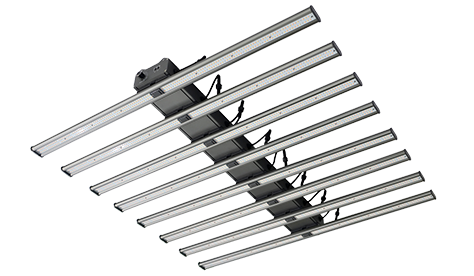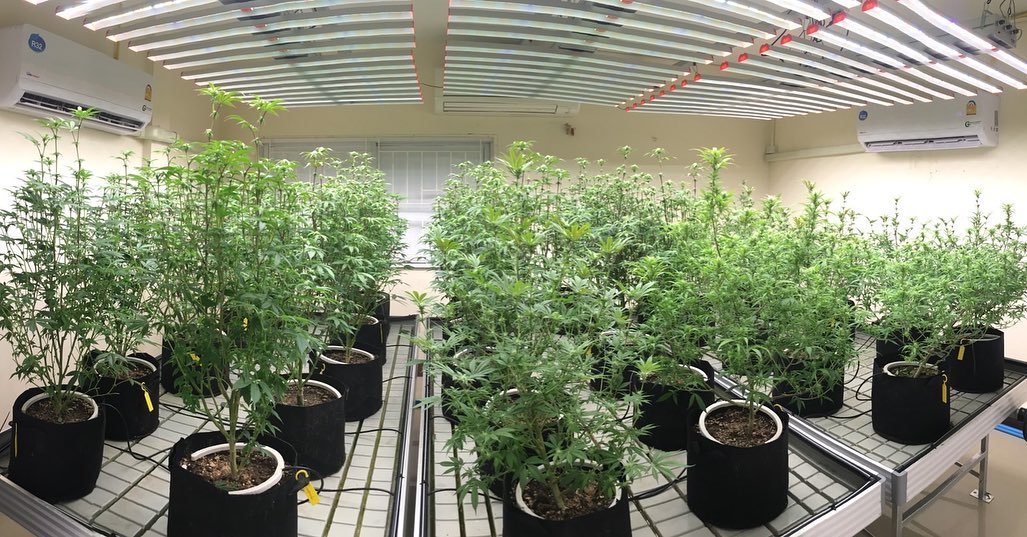The simplest definition of the IoT (Internet of Things) is the Internet controls things.
In our daily, many people wear fitness trackers or smartwatches that are part of the IoT system. These devices monitor your daily activities, such as the number of steps you take, your heart rate, and your sleep patterns. They then sync this data to a mobile app or cloud service, allowing you to track your fitness progress over time.
IoT-enabled light bulbs can be controlled remotely through a smartphone app or voice commands. You can schedule them to turn on or off at specific times, dim the lights to create a cozy atmosphere, or even change their color to suit your mood.
Yes, these objects and devices that are connected to the internet, allowing them to collect and exchange data. It has the potential to make our lives more convenient, efficient, and automated by enabling devices to communicate and make intelligent decisions without human intervention.
Smart Farming- IoT in Agriculture
Agricultural IoT integrates IoT technology with agriculture for intelligent, digital, and automated management throughout the production process.
Data is collected through sensors, aggregated at gateways, and then analyzed and stored. Finally, instructions are issued through control systems to enable real-time monitoring and adjustment of the plant growth environment.
With it, plant factories have achieved automated cultivation.
Through data analysis and algorithm models, farmers can make informed decisions, providing precise decision support and optimizing management practices for agricultural production. This enhances agrarian production efficiency and quality.
At the same time, it also reduces resource consumption and environmental pollution, promoting sustainable professional development.
IoT Systems for Plant Factory
IoT systems are integral to indoor vertical agriculture, enabling growers to create controlled and efficient growing environments.
It provides precise monitoring, control, and data-driven insights to optimize crop growth in controlled environments. Here’s a brief overview of how IoT is utilized in plant factories.
Environmental Monitoring
Temperature and Humidity Sensors: IoT sensors continuously monitor temperature and humidity levels within the indoor farm. This data ensures that growing conditions remain within optimal ranges for plant growth.
LED Lighting Control: IoT systems can adjust artificial lighting based on plant requirements, saving energy and promoting photosynthesis.
CO2 Sensors: Measurement of carbon dioxide levels ensures plants receive an adequate supply for photosynthesis.
Nutrient Management
Nutrient Delivery Systems: IoT-controlled systems precisely administer nutrients to plants through hydroponic or aeroponic systems, ensuring that crops receive the right balance of essential elements.
pH and EC Sensors: IoT sensors monitor pH levels and electrical conductivity to maintain nutrient solution quality.
Water Management
Automated Irrigation: IoT systems optimize water usage by delivering water directly to plant roots as needed, reducing wastage and promoting efficient growth.
Moisture Sensors: Soil or substrate moisture sensors ensure that plants are adequately hydrated.
Crop Health Monitoring
Camera Systems: IoT-connected cameras capture images of plants at regular intervals. These images can be analyzed using computer vision to detect signs of disease, stress, or nutrient deficiencies.
Spectral Sensors: IoT sensors can measure spectral data to assess plant health and tailor light spectrum for optimal growth.
Data Analytics and Insights
Cloud-Based Platforms: Data collected from various sensors is sent to cloud platforms for analysis. Farmers can access this information remotely to make informed decisions.
Predictive Analytics: IoT systems can use historical data to predict crop yields, growth rates, and potential issues, allowing for proactive management.
Energy Efficiency
Energy Monitoring: IoT helps track energy consumption and optimize the use of heating, ventilation, and lighting systems for efficient resource utilization.
Automation and Remote Control
Remote Access: Farmers can remotely control and adjust environmental factors, irrigation, and nutrient delivery through IoT-enabled mobile applications.
Alerts and Notifications: IoT systems send alerts in real-time when conditions deviate from the desired range, allowing for immediate action.
Do You Interest in Smart Farming?
If you are interested in agriculture and seeking solutions for indoor soilless cultivation, we recommend reaching out to Auxgrow for advanced solutions. Our expertise lies in the development and production of cutting-edge indoor hydroponic equipment.
Our expertise in intelligent solutions, IoT management systems, and cutting-edge developments in artificial spectrum lighting ensures that you receive answers for your indoor farming needs.
If you’re on the fence about smart farming, why not experience the operation of a plant factory with our vertical growing system SG40? It can greatly reduce the cost of learning about plant factories.
Jayes
As a Digital Marketing Manager at AUXGROW, Jayes combines a passion for hydroponic systems and expertise in LED grow lights. With hands-on experience and a deep understanding, Jayes guides you through the world of sustainable cultivation.





